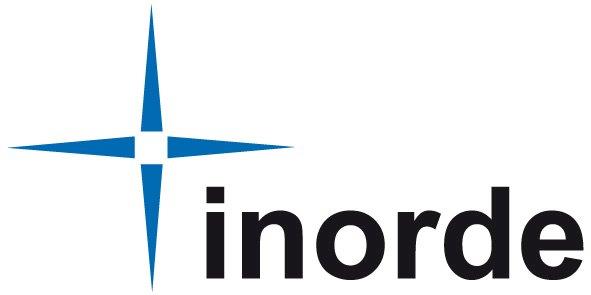
Heritage Resources in Ourense
INORDE presented the conclusions and results of the project at the University of Vigo, Ourense Campus.
Sustaining the effects of investments remains one of the most burning problems in the management of cultural heritage. Many cultural institutions have difficulties to cover even basic maintenance costs. This issue is of great importance to the whole EU area, where recent economic downturn put cultural heritage at the bottom of the priority list. According to the EC Sixth Report on economic, social and territorial cohesion stronger emphasis has to be given to sustainability, as an explicit objective of cohesion policy. This shift is also mirrored in the increasing focus on sustainable growth in the Europe 2020 strategy.
The main aim of the KEEP ON project is to improve public policies in the cultural heritage sector in terms of delivering high quality projects that allow results to remain sustainable with reasonable public funding and have long-lasting impact on regional development. Both policy organisations and cultural institutions should plan for sustainability long before the project start date. When the public funding is over, how do institutions sustain their work for the future? How do they get funds for their future functioning? How can public policies support beneficiaries in the self-sustainability of their projects? The KEEP ON project will address these questions from an EU-wide, interregional perspective.
The KEEP ON project brings together partners from Southern Europe countries having extremely rich cultural heritage, but also the most vulnerable economies (ES, PT, IT, GR), accompanied by Poland (largest EU cohesion policy beneficiary), the Netherlands (cultural policy model with high involvement of local communities) and an advisory partner from Croatia. In total 6 policy instruments (3 structural funds programmes, 3 local/regional strategies) will be improved through interregional learning process. The KEEP ON project intends to provide a valuable input to all EU stakeholders with special focus on the forthcoming post-2020 cohesion policy.
€1,188,786.00
Environment and resource efficiency
Cultural heritage projects under INTERREG V-A Spain-Portugal (POCTEP) are one of the priorities, spending a total of 122 million euros. Cultural heritage is envisaged under Priority Axis 3 and Investment Priority 6C - Protection, promotion and development of cultural and natural heritage. As for 19/06/2017, already 48 million euros were committed to approved project under 6C.
Durability and sustainability of projects is one of the criteria during strategic evaluation of applications. The maximum score to receive under the evaluation question related to long-term sustainability is 3 points out of 100 ("Evaluacion de candidaturas" document). Although certainly other evaluation criteria relates to durability/long-term sustainability of projects, the question whether the programme properly addresses project long-term sustainability remains open.
In the "Evaluation Plan" of POCTEP one of the issues of assess is to what degree the sustainability of the programme and the projects is ensured. However, there is no further guidance on how this evaluation should be conducted. Moreover, there is no data available on past projects financed under the previous 2007-2013 perspective. How past projects from the cultural heritage sector are doing nowadays? Are the project results maintained and what challenges do they face nowadays? These questions also remain open. POCTEP needs to increase its focus on sustainability and durability to ensure that EU funds are used more effectively.
ROP ERDF Piedmont Region 2014-2020 has a specific axis dedicated to valorization of natural and cultural heritage: Axis 5 “Protection of the environment and enhancement of cultural and environmental resources”, Investment Priority “Protecting, promoting and developing natural and cultural heritage”.
This Specific Objective is focused on improvement of conditions and standards of supply and enjoyment of heritage in areas of natural attraction, and of cultural heritage in the areas of attraction.
This Axis is implemented through regional integrated territorial programmes for valorization of cultural and natural heritage.
Furthermore, in the framework of Axis 6 “Sustainable urban development”, a Specific Objective is focused on the topic of cultural heritage “Improvement of conditions and standards of supply and enjoyment of cultural heritage in the areas of attraction”. The related implementation action is addressed to the 7 provincial capitals of Piedmont, Turin excluded (Asti, Alessandria, Cuneo, Biella, Novara, Verbania, Vercelli), for the promotion of sustainable development of urban areas.
Even if sustainability of implemented projects is a transversal condition in all Axes of the ROP, a specific focus on durability of results after the end of implemented and/or funded actions can really give an added value to those sectors, able to foster regional competitiveness and represent an effective level of economic and social development.
The objective of the ROP is to increase the competitiveness of the Świętokrzyskie region, ensuring improvement of the living conditions of its inhabitants through the principles of sustainable development. The priorities set out in the programme are aligned with the EU 2020 Strategy for a smart, sustainable and inclusive growth.
The KEEP ON project will address Priority Axis. 4.4 "Preservation of cultural and natural heritage".
As far as the project proposal is concerned, the specific Objectives for Priority 6.C include:
• Protection and development of the cultural heritage in the Świętokrzyskie region;
• Building cultural identity;
• Strengthening and increasing its tourist potential.
However, the ROP does not give any explicit information about self-sustainability or durability for their projects within the cultural heritage sector. To restore the old glory of its cultural heritage, protect it from degradation and improving its attractiveness for locals and tourists, the policy instrument needs to better consider duraibility and self-sustainability issues. To accomplish its objectives, it needs to improve the performances putting a stronger focusing on self-sustainability and durability, and therefore ensuring that EU funds are used more effectively.
The policy instrument named “Territorial Development Integrated Strategy of Alto Tâmega Region” has been elaborated and implemented by the Intermunicipal Community of Alto Tâmega (CIMAT). CIMAT is a regional public authority of level NUTIII. This policy instrument is a regional strategy for Alto Tâmega for the period 2014-2020.
The approach to this policy instrument in the KEEP ON project will concentrate on the Strategic Axis 2: "Promotion of the efficient and sustainable use of resources", particularly considering its Strategic Objective nº 4: “Protection, promotion and maximization of the natural and cultural heritage and distinctive elements” of the region. This SO is in line with the European Strategy 2020, aiming to ally economic development and sustainability, and in this case, presenting measures that allow its application both to natural and cultural heritage.
The themes covered by the policy instrument need stable resources to be implemented, since public resources are not enough. Self-sustainable tools and solutions can be an answer to this challenge, but they have not been further elaborated in the policy so far. On the other hand, there are successful self-sustainable cultural initiatives in Alto Tâmega that can be a valuable reference and source of exchange of experience in the region and further.
Heritage policy of the Municipality of Den Bosch 2012-2029 "Rich past - prosperous future" is a local policy that has been agreed by the town council in February 2013. Through the involvement of citizens, it contributes to position Den Bosch as an attractive place for inhabitants, business and tourism. The local heritage policy is focused on improvement management and development of cultural heritage assets. This policy is therefore dedicated to:
• create an overall vision of cultural heritage policy for the city;
• support to cultural heritage initiatives making heritage accessible to a wider audience;
• knowledge exchange of professional and voluntary organizations in the issue of cultural heritage.
Currently each initiative to be supported by this policy is assessed independently. Some of them conducted recently can be regarded as good practice in terms of their durability and self-sustainability (e.g. the visitor centre Saint-Johns’ Bulwark recently built on the fundaments of a historic city entrance). However, there is no common ground for assessing projects, specifically from the point of view of long-term sustainability. In the absence of a coherent policy making mistakes becomes a great risk. This policy instrument has to be updated and amended in order to make Den Bosch heritage assets (more) sustainable.
The policy instrument named "Strategic Planning of the Operational Programme of the Municipality of Paggaio (2016-2019)" is related among others to the sustainable exploitation of tangible and intangible cultural assets of the Municipality, according to the General Objectives 2.4.1.-2.4.3. of the Municipal Operational Programme's 2016-2019 Priority Axis 2 “Social Policy, Education, Sports, Culture, Tourism”, and in particular GO 2.4.2: "Upgrade of cultural institutions and activities of the Municipality and organizing new events with local, national and international impact".
The policy aims at protecting cultural heritage, stimulating local economy and creating new jobs through enhancement of the local tourist offer. The main rationale behind is that most of Paggaio impressive cultural inventory is exploitable, however its contribution to local development is completely disproposionate to its capacity. Applying sustainability and durability principles into the policy will allow to bridge the gap between the potential and the current status of the Municipality's cultural and tourist development, nowadays and in the future.

INORDE presented the conclusions and results of the project at the University of Vigo, Ourense Campus.
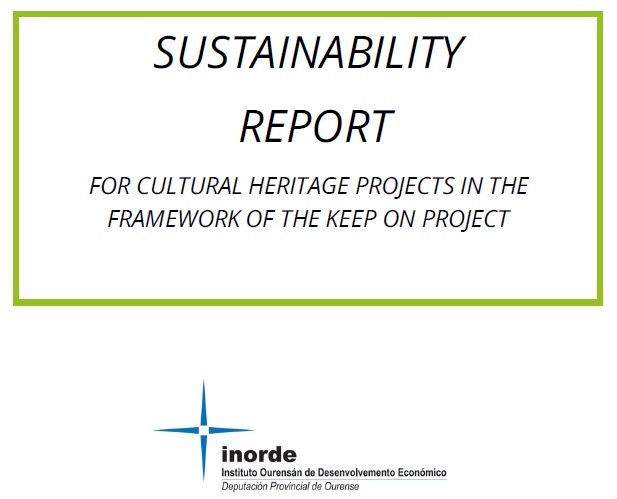
The purpose of this report, prepared by INORDE, is to analyse three project ideas, within the area of cultural heritage, from the perspective of sustainability.
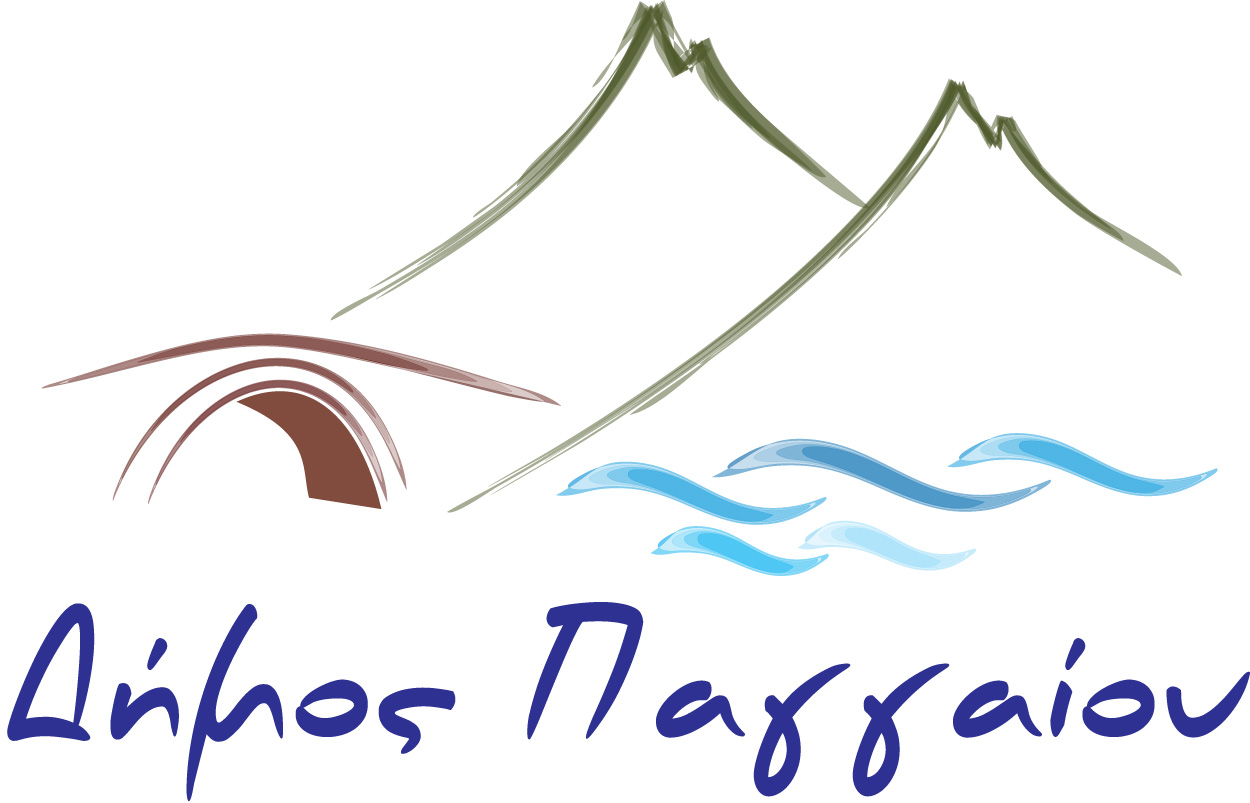
ESSAY ON THE EFFECTS OF COVID-19 CRISIS IN THE IMPLEMENTATION OF THE STRATEGIC PLANNING OF THE OPERATIONAL PROGRAMME OF THE MUNICIPALITY OF PAGGAIO.
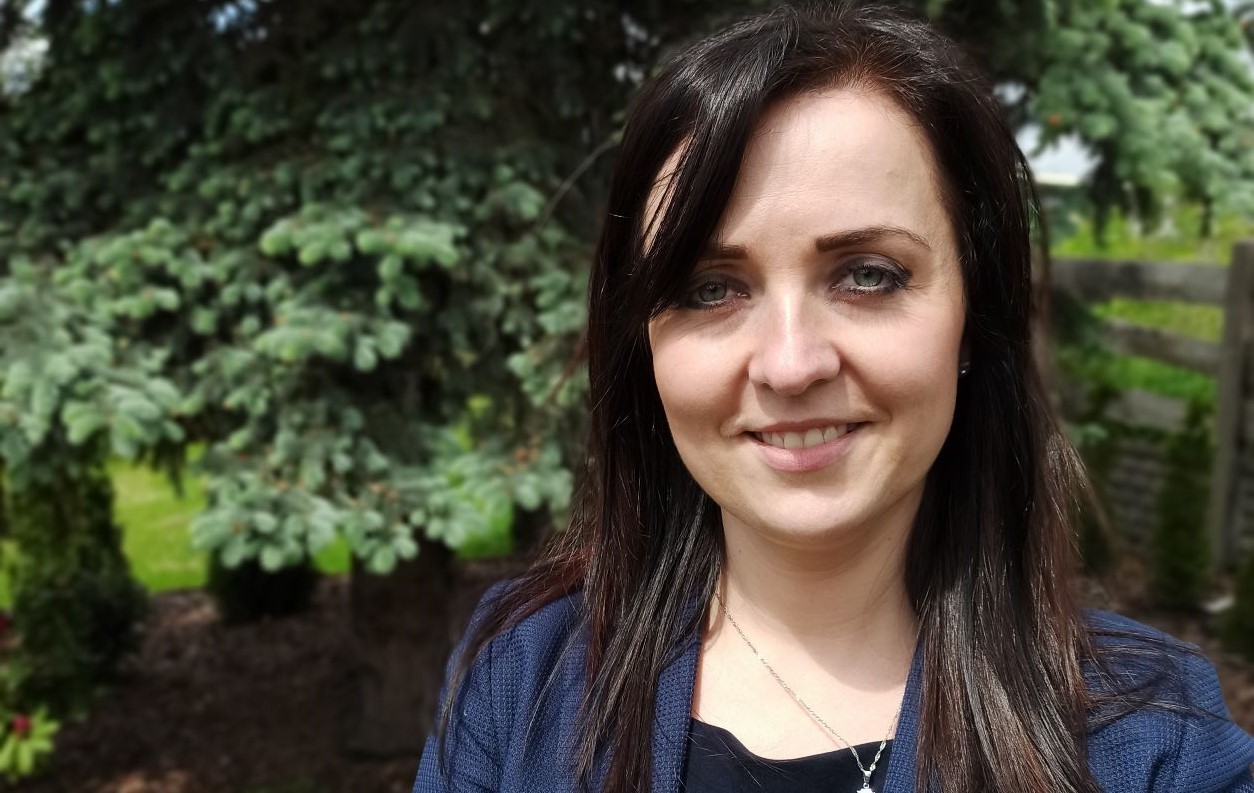
With the closure of the project KEEP ON, the partnership makes an evaluation of this common path of recent years.
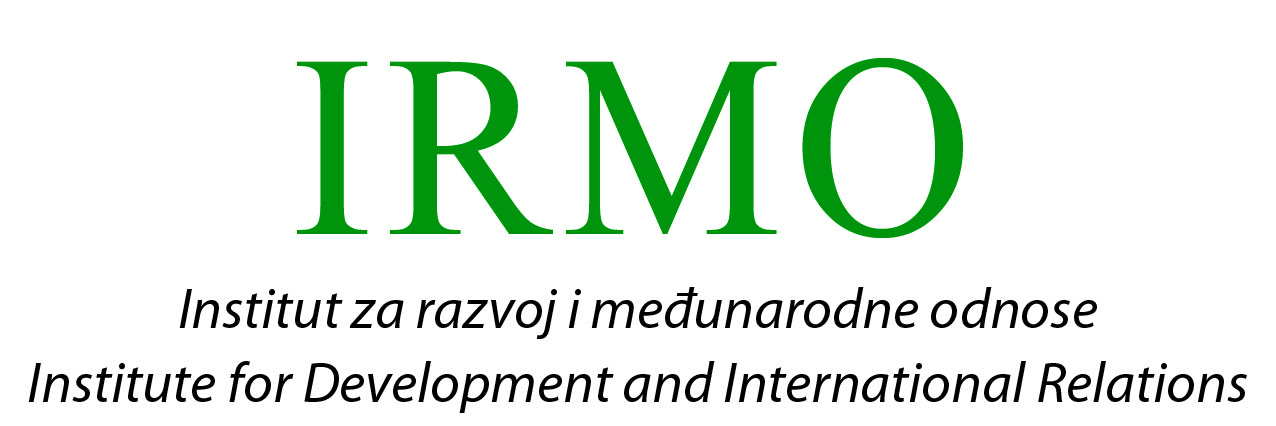
With the closure of the project KEEP ON, the partnership makes an evaluation of this common path.
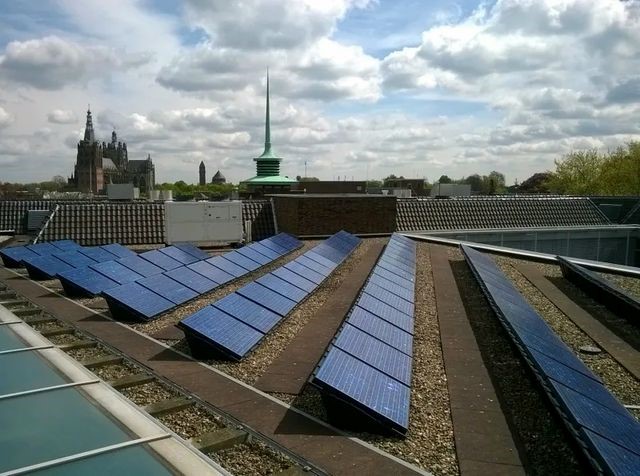
Owners of historic buildings and buildings within the protected historic city centre are given larger possibilities to install solar panels.
On the 9th February, in Ourense (Spain), occurred the Final Dissemination Event of the project KEEP ON, organized by the Lead Partner, INORDE.
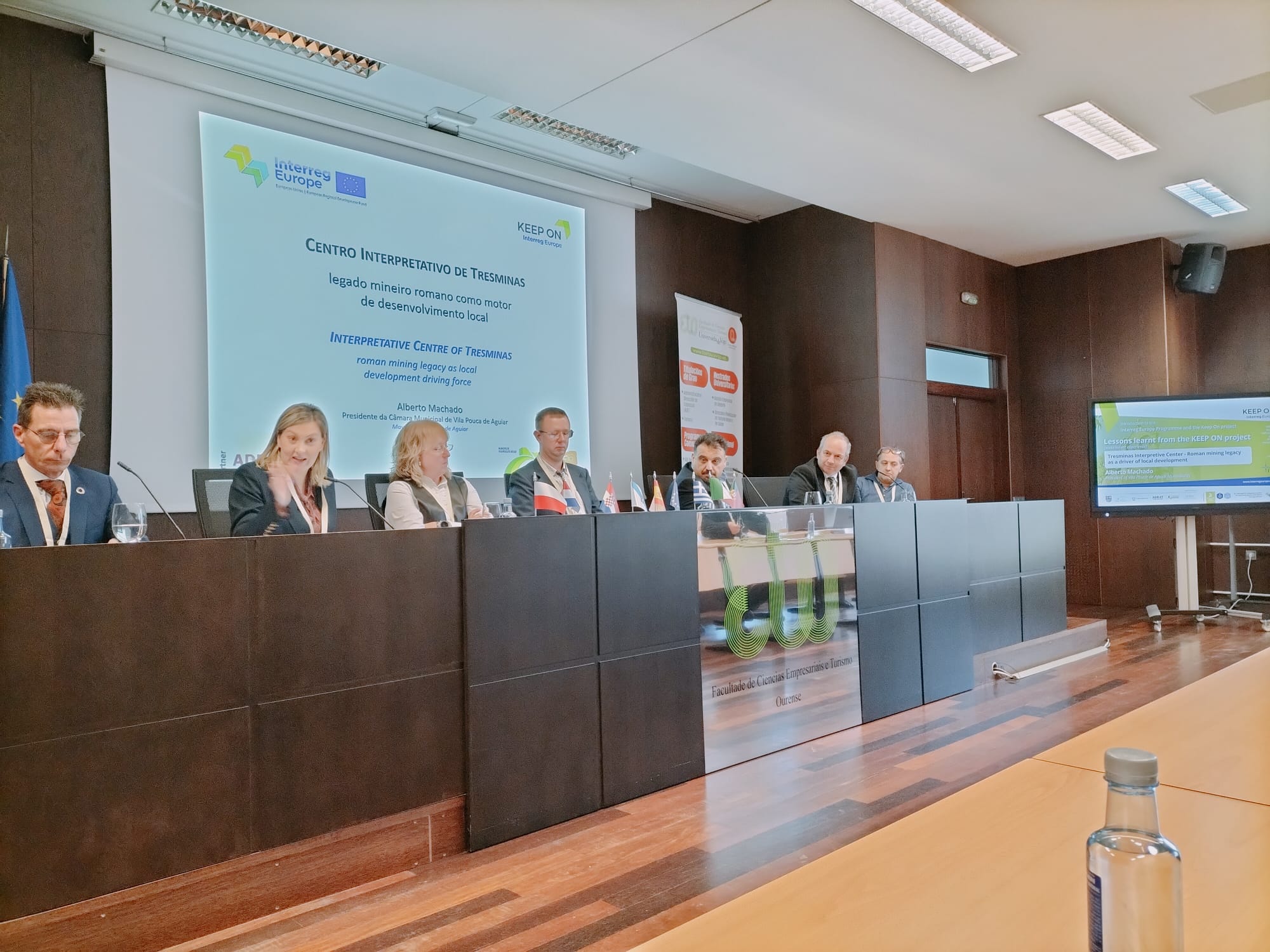
Today is happening the Final Dissemination Event.
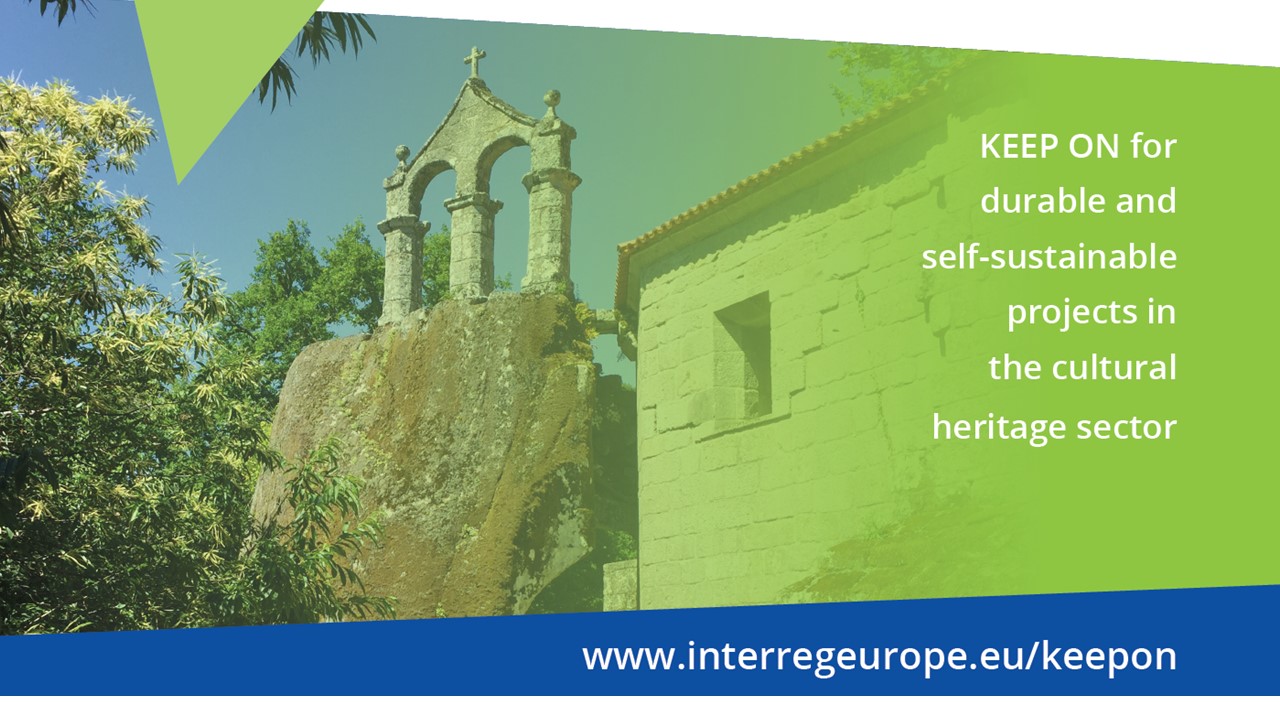
The final dissemination event will be held on the 9th February.
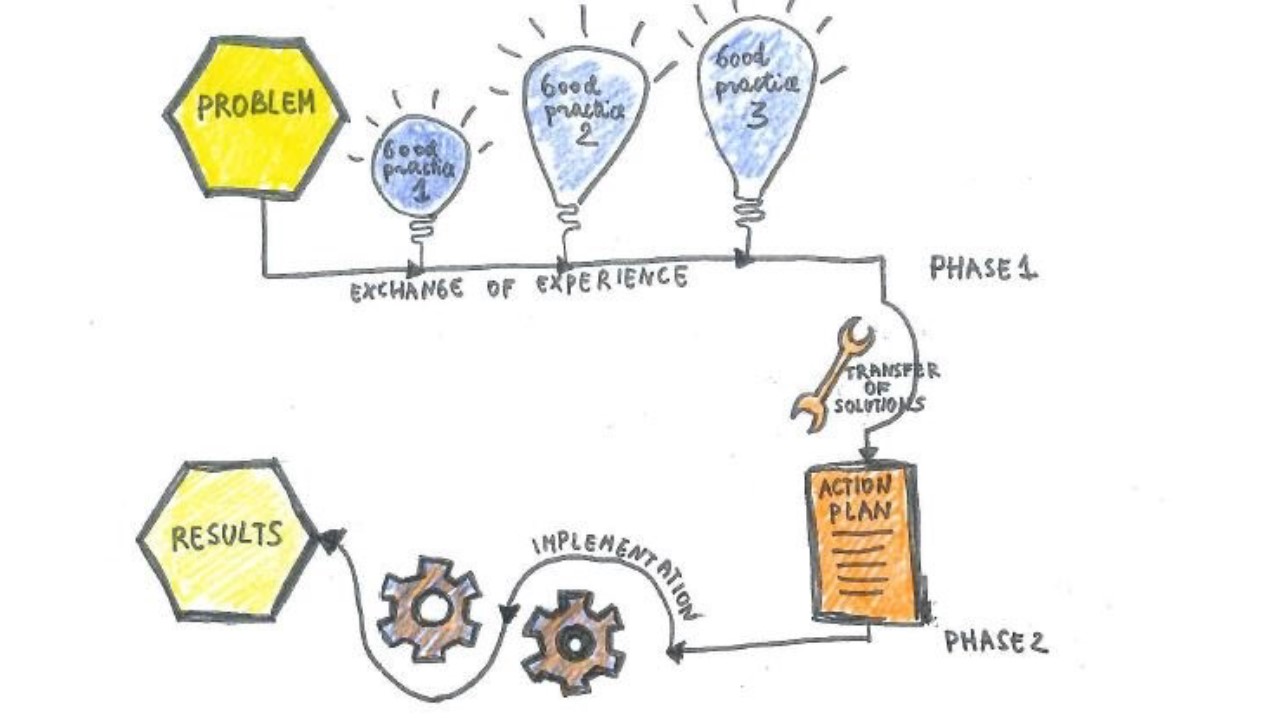
The action plans of the project KEEP ON are available.